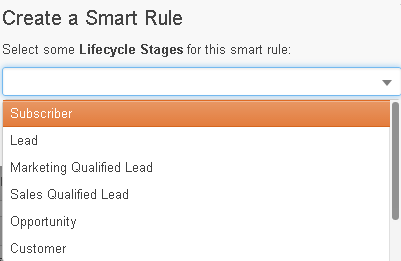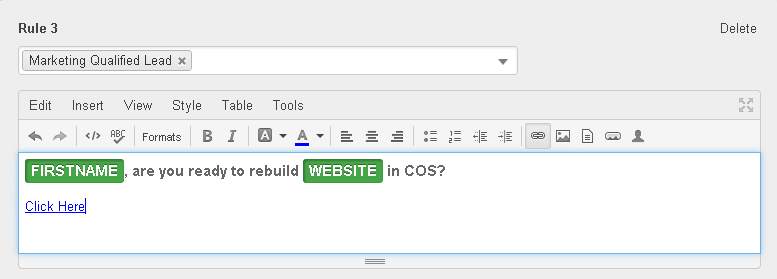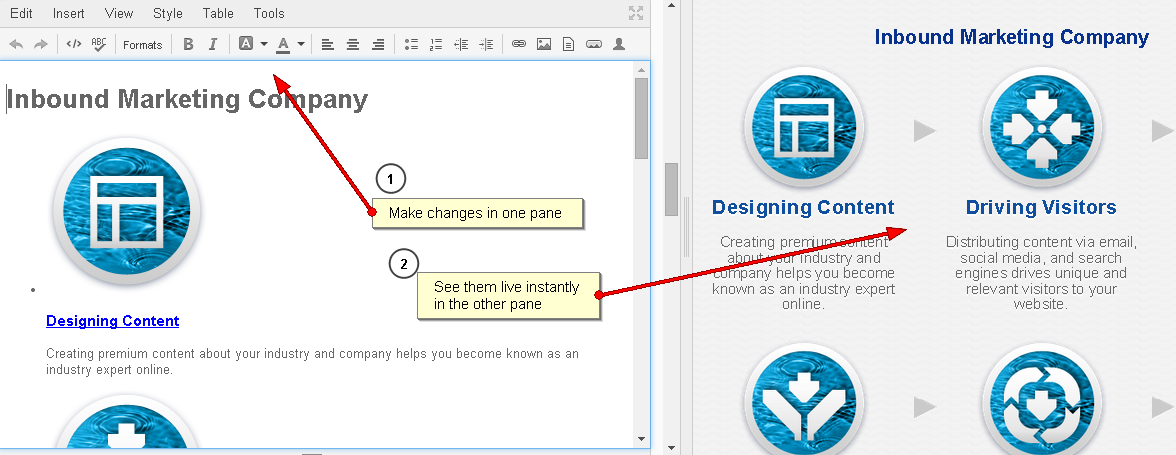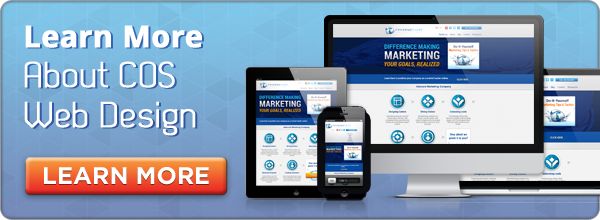Image: The Digital Outdoorsman - Scotty and Deisa Thumbs Up on Making It
I was recently on a raft trip running the Snake River through Hells Canyon in Idaho. I won a last minute cancellation permit to run the river.
As it turned out, with only a couple weeks to plan, only my friends Scotty and Deisa were available and willing to help me continue to learn to row an oar boat. This meant I would run solo while learning on the run from Scotty over the roar of the river. After 14 hours of driving, camping overnight we reached the launch site. We arrived at the river, which had just dropped, from 50,000 cfs down to 38,000 cfs. That's a lot of water!
At that level of water, rowing on my own, I realized very quickly my planning did not fully yield a design that took account of the nuances of the individual journey I was about to undertake. I experienced an early disaster.
Our journey through life will often give us situations we are not ready to face. However, in most of these situations, we do not get to choose. We face them, experience them and learn from them. I learned quickly from that first mistake and made adjustments so that we continued on our five-day journey.
You think you know how the digital universe works. What is real in it and what is changing beyond the roots of your understanding? The digital marketing landscape we occupy today is changing under our fingertips as we tap or speak commands. If your website is not delivering the impression and results you desire, face the situation and embark on creating a design that will yield the results you want.
In today's omnichannel environment, your outdoor industry brand must have a growth driven design for outdoor companies that meets the demands of the modern digitally savvy shopper. Your outdoor website design must make an impression immediately. You have two-tenths of a second to make an impression. If you don't your brand story and of other aspects of your online presence, your efforts will be for naught as that visitor will bounce off to another website, likely one of your competitors.
Read along below, email this article to yourself, bookmark it for later, or jump to the section that interests you most. The sections are:
Website Design Matters in the Consumer Experience
Introducing Growth Driven Website Design
How Growth Driven Website Design Works
Does Your Website Deliver on These Key Web Design Elements?
Website Design Matters In The Consumer Experience
When people find your website, they typically have a first impression in the first 50 milliseconds. In fact, surveys have shown that 46 percent of people said a website’s design was their number-one variable on whether or not a site—and by extension, the company—could be trusted.
When designing your website you must think about your customer or your website's ideal target audience. Make sure you determine what your customer wants, what information they're searching for, and what they're trying to get from my website. By designing a user experience around these big picture items, you’re more likely to hold on to the attention of your audience.
Don't Believe Me? Here's what the experts are saying about
— Brian Solis, author of X: The Experience When Business Meets Design, stated, "All too often retailers look at other retailers when in fact, UX and UI trends are coming from the likes of Apple, Uber, Tinder, Buzzfeed, Instacart, et al. Customer experience is the new battle ground and the gap between design and user preferences is where companies invite disruption and competition."
— Website design matters: 21% of Americans state that unattractive or hard-to-navigate websites are frustrating when buying online. A well-designed store is essential to decreasing abandonment and increasing sales.
— 48 percent of mobile users consider a site not optimized for mobile viewing to mean that a company doesn’t care about their needs.
If you're looking for your website to do more than show off and share pretty pictures you will need a partner who can augment and accentuate your in-house assets to build a powerful website based on real user-data, developed to serve visitors in a modern omnichannel world.
Introducing Growth Driven Website Design
Have you ever been involved with a costly web design project that took a year or more, only to have it be over budget and out-of-date by its completion? Growth Driven Website Design allows you to minimize costs, continually improve with real-time analytics, and see results faster.

A growth driven design is a new approach to web design. Born out of the HubSpot ecosphere, GDD combines data-driven decisions with high-quality website design. The concept is taking a systematic, analytical approach to designing or redesigning a website. Instead of approaching the entire project as a whole, GDD breaks the project up into bite size chunks that can be strategized and completed on an ongoing basis.
This not only provides a constant flow of wins or progress throughout the project but allows for greater mobility. We all know things rarely go as planned. GDD allows you to make changes on the fly which would otherwise be a major headache with traditional website projects.
How Growth Driven Website Design Works
- Use data to make informed decisions - Robust analytics software is used to optimize the user experience
- Fast and Perceptible ROI - Get a dynamic website working for you in a fraction of the time
- Continuous Improvement - Analyzing engagement to make proactive improvements over time
Don’t get stuck in the obsolete website rut. Use a proven process of analytics, testing, and continual improvement
- Analyze - The first step is to get an intimate understanding of how your current website is performing. Using a variety of tools and analytics, it's easy to find out what's working and what's not.
- Plan - After identifying the successes and problem areas, our creative team devise a plan of action to improve the problem areas while building on the successes.
- Implement - We then take a systematic approach toward implementing meaningful changes, piece-by-piece, so that we can make the most out of each opportunity for your website to impress.
- Evaluate - Once we have made updates, we work tirelessly to analyze and evaluate our changes to see what's working and what's not, then make any necessary adjustments.

Websites today can perform a lot of valuable functions, you can add nearly any feature or tool imaginable and the technology is only getting better. Has your website evolved with the changing times and technologies? Is it growth driven?
Does Your Website Deliver On These Key Web Design Elements?
Today’s consumers do not buy just products or services—more and more, their purchase decisions revolve around buying into an idea and an experience. Your web design needs to begin with this in mind.
Here are six essential elements of website design that you should include to provide your visitors with an engaging user experience. Following these tips will ensure your website will grab the attention of your target audience.
 Amazingly Quick response time.
Amazingly Quick response time.
In research by Sean Work at Kissmetrics, he found that:
- 47% of consumers expect a web page to load in 2 seconds or less
- 40% of people abandon a website that takes more than 3 seconds to load
- A 1-second delay in page response can result in a 7% reduction in conversions
- If an e-commerce site is making $100,000 per day, a 1-second page delay could potentially cost you $2.5 million in lost sales every year
If your website doesn't load quickly, there might be a few reasons behind its slowness. Look for files that might be larger than recommended, like video files, and consider turning them into GIFs.
 Responds To The Device Viewing It
Responds To The Device Viewing It
If your website isn't rendering to each viewing device it simply isn't built for modern times. Mobile commerce is now 30% of all U.S. e-commerce. Separate of people making purchases, your target audience is looking for information on all their different devices. The rise of tablets has given website visitors even more ways to search your site for information and resources, but remember, your website has to render effectively to be successful.
Simply put, more people are viewing your website from their smartphones, and companies that don't understand this trend will miss out on valuable lead conversions every day you leave it as it is.
For 70% of users, their first contact with your website will be via a smartphone or mobile device. Rather than adding every piece of information, you need to make sure that the most important elements, which help to ‘educate’ the user about the product and moving them further in the funnel, are in place.

Source : Advertising.Amazon.com
Google says 61% of users are unlikely to return to a mobile site they had trouble accessing and 40% visit a competitor’s site instead.
Whether you're just getting started with device responsiveness or you're trying to increase the scope and effectiveness of your current program, you can’t ignore the importance of the omnichannel experience. You need to deliver a seamless experience across channels and factor in different devices in these channels to ensure interactions with your brand are consistent.
 A Website That Is An All Inclusive Marketing Hub
A Website That Is An All Inclusive Marketing Hub
Your website is your marketing hub, and it has the potential to be your best salesman. Having a site that is fresh, modern, clean, and most of all integrated with every other element of your marketing is critical today. Your website has the power to take your visitors by the hand and walk them, at the buyer’s own speed, through a carefully planned buyer's journey.
Part of having a website that is all inclusive is understanding your buyer's behaviors and building out a website that anticipates them. So, as you prepare to design your website, make sure it reflects your customer’s journey. You can do this by asking yourself:
- What questions do prospects they ask before they buy?
- What is it they are truly buying? What are they not telling me?
- Who is the primary decision maker? Do they get buy-in from secondary or tertiary decision makers?
- What qualities does the decision maker(s) have?
- What objections might they have before purchasing? After purchasing?
- How do prospects "raise their hands" and ask for help from a sales person?
- How long do they generally take to make a decision?
Take for example that 90% of users pay via desktop in their omnichannel experience with different devices. Your website design will acknowledge this marketing intelligence and will make sure it is optimized for smooth transaction flow on a desktop.
 Personalize Content to Visitors Based on Info They Provide
Personalize Content to Visitors Based on Info They Provide
When was the last time you landed on a website looking for something and couldn't find it? Happens all the time, many websites simply aren't built to speak directly to their individual buyer personas. They dump data on their visitors, throwing everything against the wall and talking to everyone all at once. What if your website could speak to people based on who they were across the multiple platforms customers are using?
More than ever before, consumers expect an individualized experience when shopping online. The data is there — personalization really does impact your bottom line. Certain content management systems like HubSpot, are starting to realize the importance of personalization. They have created a tool that allows a part of a website to show a visitor a specific piece of information that contact has already provided. See the Smart Rule below. In fact, personalized emails see a 14% higher clickthrough rate and personalized web experiences see an average 20% increase in sales.

What if you could build your website with personalized messages that prompted your visitors to take the next step, understanding exactly what steps that visitor had already taken? For example, a lead has been worked to the point where it's qualified. Instead of seeing the "10 Steps on How to Market" ebook offer, they see "Pricing Comparison Guide" that will show them what you offer versus your competitors.

 Ease of Editing Website Content
Ease of Editing Website Content
Your web site should be designed so web edits are also a snap. Take the Revenue River website. This website allows for the staff to edit any page with a click of a button. This makes it easy for anyone and everyone to catch typos, incorectly formatted text, and other small yet fixable issues.
Once inside the visual editor, they can make any edits while viewing the changes in preview mode on the same screen, and the changes are reflected instantly. See the image below:

If your website doesn't do any of these great marketing actions you might want to consider investing in some new toys. Your website can do these things because you can bet your competitors are.
I recommend our clients build sites in HubSpot's COS. If you're ready to consider making a bold move into the world of modern marketing with a COS website design, click below to get started.
Still not sure? Consider that 57% of users say they won’t recommend a business with a poorly designed mobile site. (CMS Report)
Good design is measurable and profitable. A 2015 study showed that over the previous 10 years, design-led companies maintained a significant stock market advantage, outperforming the S&P by an extraordinary 211%. It's an investment.
Web design most obviously impacts your site’s appearance. You choose how your site looks, which plays a huge role in your company’s first impression on new online visitors. A good web design will provide visitors with an intuitive navigation and will be accessible on smartphones and tablets. Even more, websites need to be created and developed to load quickly. Lastly, websites must provide a great user experience on their website to truly be successful.
Load time is a major Google ranking factor. It’s become crucial to online success as more consumers move toward using the Internet on mobile devices. Individuals expect websites will load in a flash. They do not want to wait.
Your website design is the tool with which you will create a great customer experience. Search engines put a high priority on the "user experience" of a web site in determining its ranking. A great customer experience will also directly translate to increased leads and conversions to sales.
Whether you're building from scratch, in need of a complete redesign, or looking to supercharge a great site with growth driven web design I have a great group of web developers to recommend.
 Source: Moz
Source: Moz


